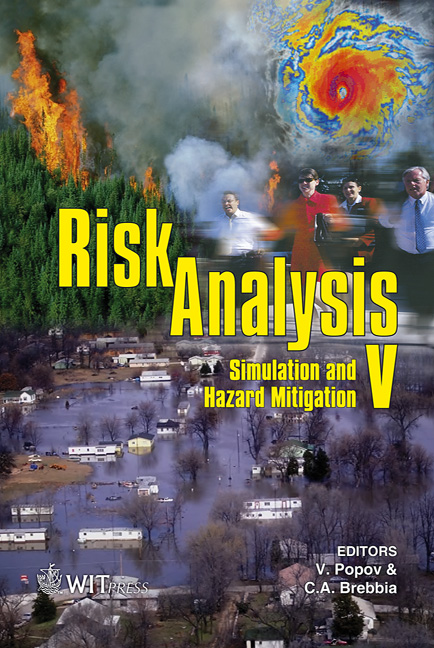Redistribution Of Transport Of Hazardous Materials And External Safety Risks: The Case Of Rail Transport In The Netherlands
Price
Free (open access)
Transaction
Volume
91
Pages
10
Published
2006
Size
624 kb
Paper DOI
10.2495/RISK060091
Copyright
WIT Press
Author(s)
A. V. van der Vlies
Abstract
Since the late 1990s the debate in The Netherlands on the transport of hazardous materials by rail has intensified. The reason for this debate is the fact that most of the Dutch railway nodes are located in city centres. Risk is described by a formula in which the probability of an accident is multiplied by its effect. Although the probability might not be large, the effects of an accident can be. This article describes the effects of a new dedicated freight railroad on the risks on the adjacent area of an existing railroad. The assumption is that risks are redistributed. However this does still not match the policy goals set by the Dutch government. This argument will be built upon available transport flow figures, documents on risk standards and a reflection on the earlier mentioned formula. Keywords: redistribution of risks, rail transport of hazardous materials, external safety policy. 1 Introduction After a couple of disasters and near misses in The Netherlands, the Dutch government has chosen to focus more on the enforcement of external safety policy. In this paper external safety is defined as the amount of safety due to the production, transport and/ or use of hazardous materials [1]. External safety policy aims to lower risks for civilians to be killed due to accidents with hazardous materials and to prevent economical loss due to the large number of casualties and the destruction of parts of the built up area. This paper focuses on the implications of Dutch external safety policy on rail transport for urban areas in general and on the so called Brabant Railroad and Betuwe Railroad in
Keywords
redistribution of risks, rail transport of hazardous materials, external safety policy.





